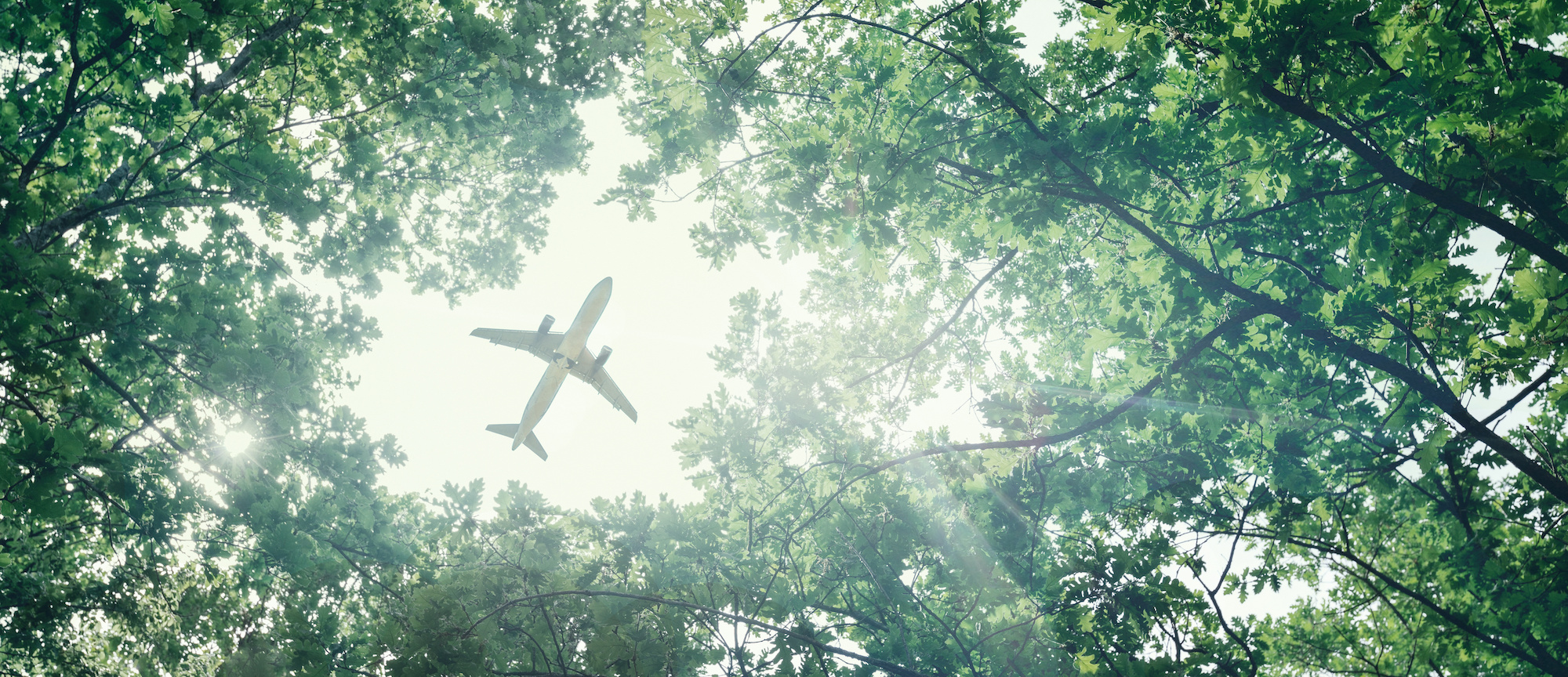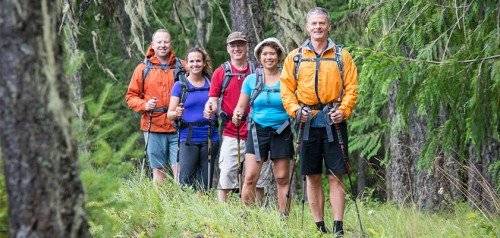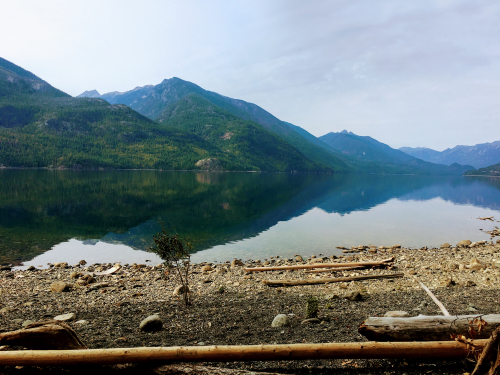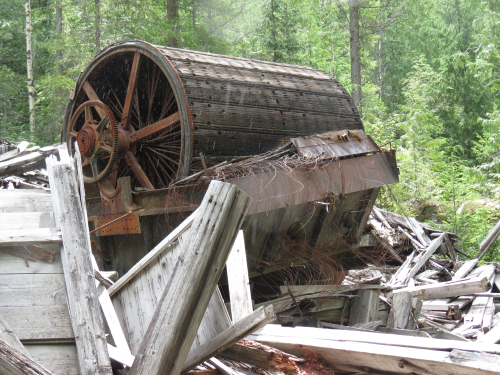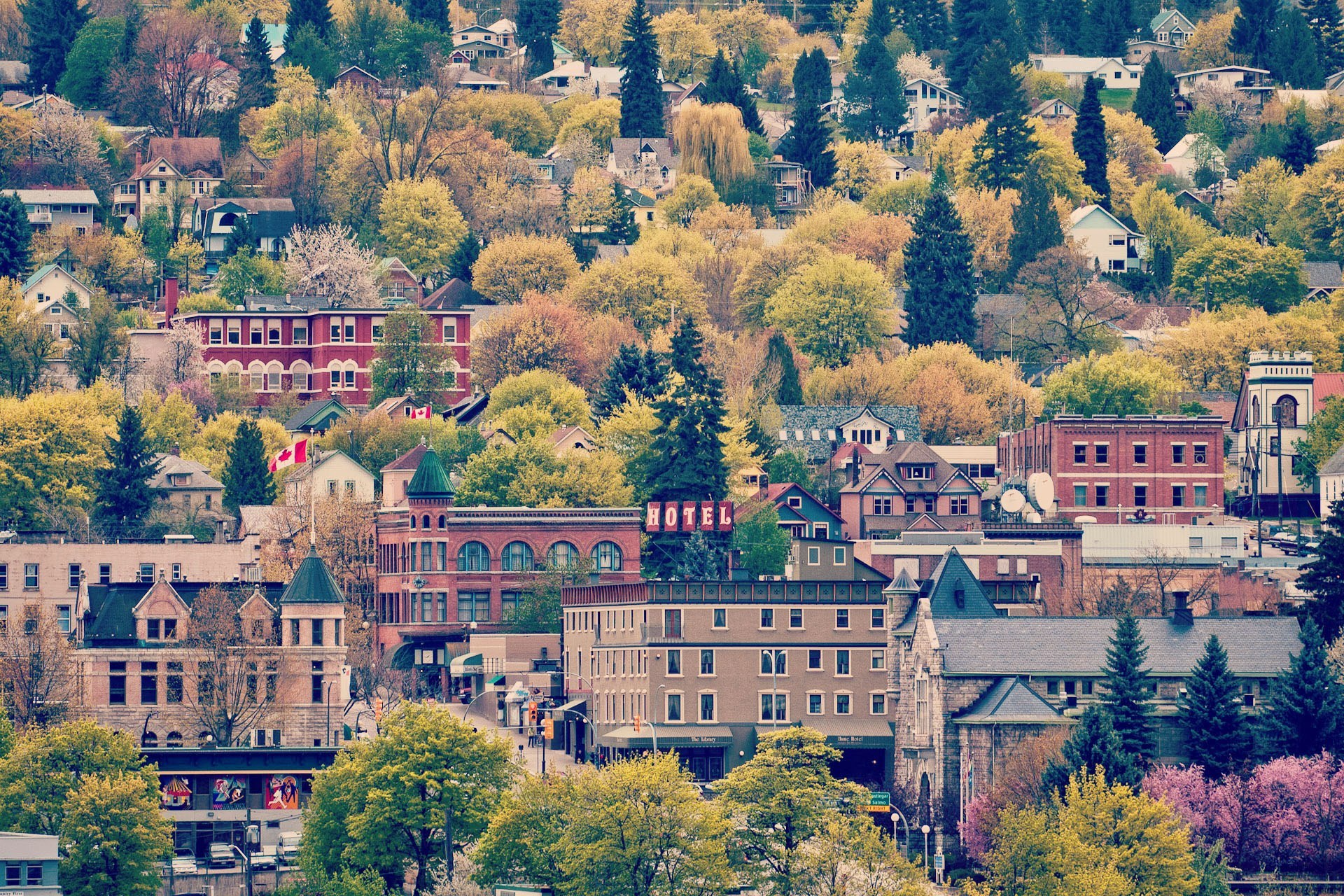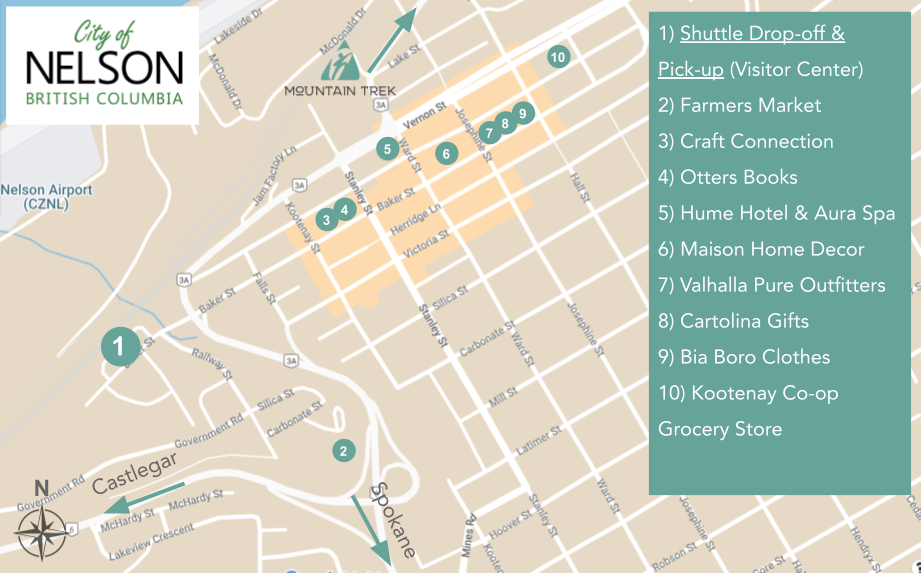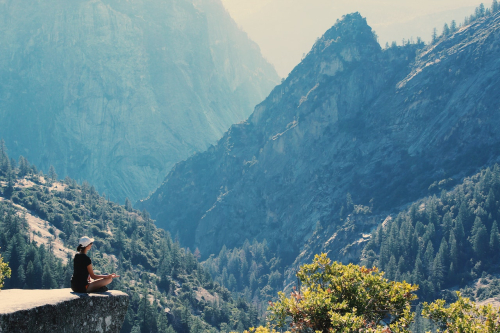How To Build Healthy Habits in 6 Steps
Sustainable, balanced health doesn’t come by yo-yo-ing between the latest diets and health fads. It is found by integrating specific actions that over time habituate into a naturally healthy lifestyle.
Lifestyle Habits are like a heavy flywheel
Lifestyles take a lot of energy to get going, but once moving, they are hard to stop. This is what makes a balanced lifestyle the holy grail of health—once established, it only takes a small amount of energy to maintain. An unhealthy action then becomes like a random impediment to the flywheel—the unplanned event (say a happy hour, office dessert, or 3rd cup of coffee) may wobble the system and temporarily cause the wheel to slow, but it won’t derail the momentum and soon enough, your flywheel will be right back to its usual speed.
Once going, our lifestyles are our desired series of actions that require the least amount of thought and energy (stress) to perform. This presents a catch-22, however. Trying to change our lifestyle introduces stress to our daily life (in the form of the effort required to consciously make better, healthier decisions) and stress is something we have been hardwired to avoid (RUN from the stressful sabertooth tiger trying to eat you!). The exact benefit of what makes a lifestyle so sustainable also makes it incredibly hard to change. But in order to lead a happier, healthier life, we must be fierce and put in the work necessary to change our habits and nurture our lifestyles. Exactly how we do that can be the difference between success and failure.
How To Build Healthy Habits
There is a way to efficiently, and effectively, create new habits. Our method, which has been refined and proven successful time and time again by the thousands of guests who have come through our program, incorporates 6 easy steps. Follow these steps to start moving your flywheel in the right direction, and once you’ve accomplished your first goal, add a second to keep the momentum going!
Step 1: Identify your health and wellness goals
 The first step involved in building healthy habits is to identify what your larger wellness goal is. This could be as simple as “get healthy” or “get healthier”. That’s great, but the more specific the better. What does “getting healthy” actually mean for you? Does that mean you want to lose weight, improve sleep, reduce stress, increase physical fitness, etc.?
The first step involved in building healthy habits is to identify what your larger wellness goal is. This could be as simple as “get healthy” or “get healthier”. That’s great, but the more specific the better. What does “getting healthy” actually mean for you? Does that mean you want to lose weight, improve sleep, reduce stress, increase physical fitness, etc.?
It’s highly likely you will have multiple wellness goals, and that’s great. Start by writing down a list of all of your goals and then prioritize them by order of importance. What do you want to focus on first? What’s most important to you?
Step 2: Redesign your goals to optimize for success

To make your goal as likely as possible to succeed, follow these steps to refine your goal:
1) Identify a series of specific health actions that will help you achieve each wellness goal.
The means to the end. For the purposes of this exercise, let’s say you want to focus on weight loss. What are the specific healthy actions that will get you to lose weight? For example, for our guests at Mountain Trek interested in weight loss, we recommend the following, specific actions:
– Eat breakfast within 30 minutes of waking.
– Do your best to walk or move after eating to burn the consumed calories and keep blood sugar levels from spiking.
– Target sleeping 7-9 hours to lower appetite hormones.
Do you see how the above examples could lead to the end goal? Come up with a list of specific actions for each of the wellness goals you have identified.
2) Envision possible roadblocks to your healthy actions.
Items you just added to your list are likely to have roadblocks. Say you want to eat breakfast within 30 minutes of waking. What happens when you’re too tired to go to the grocery store after work so you wake up and have no food for breakfast? This is an all-too-real scenario that we must plan for ahead of time, or else we run the risk of being derailed by the slightest roadblock. To help, come up with three possible roadblocks for each action.
3) Come up with solutions to those roadblocks.
Thinking ahead and having a contingency plan will counter procrastination. Think of possible solutions for each roadblock. For instance, go to the grocery store during your lunch break instead of waiting until after work.
4) Finally, list three benefits to accomplishing your goal.
What is the benefit of eating breakfast within 30 minutes of waking? This will show you the “why” behind your goal, and increase your emotional connection to the goal, giving it more reason, and permission, to get accomplished.
Step 3: Simplify

Now, pick a maximum of TWO actions (from either the same or separate goals). Yes, you may be thinking, “what did I do all that work for on the other goals, then?” Do not worry, that was not a futile effort. Without having fully analyzed all of your goals, you would not have selected the two best goals to begin forming specific actions into habits.
Why two? With a full life of commitments and responsibilities, we only have a little time, energy, and unspent willpower to keep deciding to do an action until it habituates. Choosing only two actions at a time dramatically maximizes your energy management and increases chances of success. If you have more, you just incessantly bounce between them, not making progress on any. They become a distraction for each other.
The most successful people on the planet know that it’s best to pick a very small number of tasks to do and then do them well, ensuring they get completed. Only then do they move on.
Step 4: Set a weekly target

You’ve now decided on which of your health actions to focus on, and let’s say it is eating breakfast within 30 minutes of waking. The next step is to decide how many times per week you are going to do this.
At Mountain Trek, we recommend setting a target goal for yourself of no more than 5 days per week for each habit. Doing anything every single day without fail is impossible. Life has too many curveballs. Allowing for the unknown, a little bit, makes it far more likely you will succeed in transforming action into a habit. You are giving yourself permission to not be 100% perfect. Perfection is unattainable and the self-inflicted shame that comes when we, surprise, don’t attain the unattainable, can freeze us from moving forward toward our goal.
Start small. Aim for doing your action two, maybe three times each week, then grow from there. If you end up repeating your action more than 5 days a week, that’s just extra credit and it likely means you are “want-ing” to do it rather than “should-ing”.
If you end up not meeting your weekly target, don’t sweat it. Remember, it’s a marathon, not a sprint, and missing your target every once in a while won’t impact your long-term results. What’s important is to get back on track and not to beat yourself up when life derails you.
Bonus: put the specific days you hope to accomplish your action in your calendar. And schedule yourself first! before meetings, events, and outings. Prioritize your health.
Step 5: Monitor your progress and adjust if needed

You know what health action you are working on and how many days a week you are going to do it. The next step is to keep track of it.
Write it down in your journal. Keep a pad of paper handy to tally. Track it using your online calendar.
Whatever tool you decide to use, it’s important to monitor your activity, notice what derails you, and congratulate yourself when you are meeting your frequency targets! If you notice, for example, that you are having trouble eating breakfast within 30 minutes of waking 5 days per week, then consider adjusting to 3 days per week. If that still doesn’t work and you find it impossibly hard to have breakfast – consider, why and determine if now is not the right time and choose a new action to focus on!
Step 6: Reward your intention
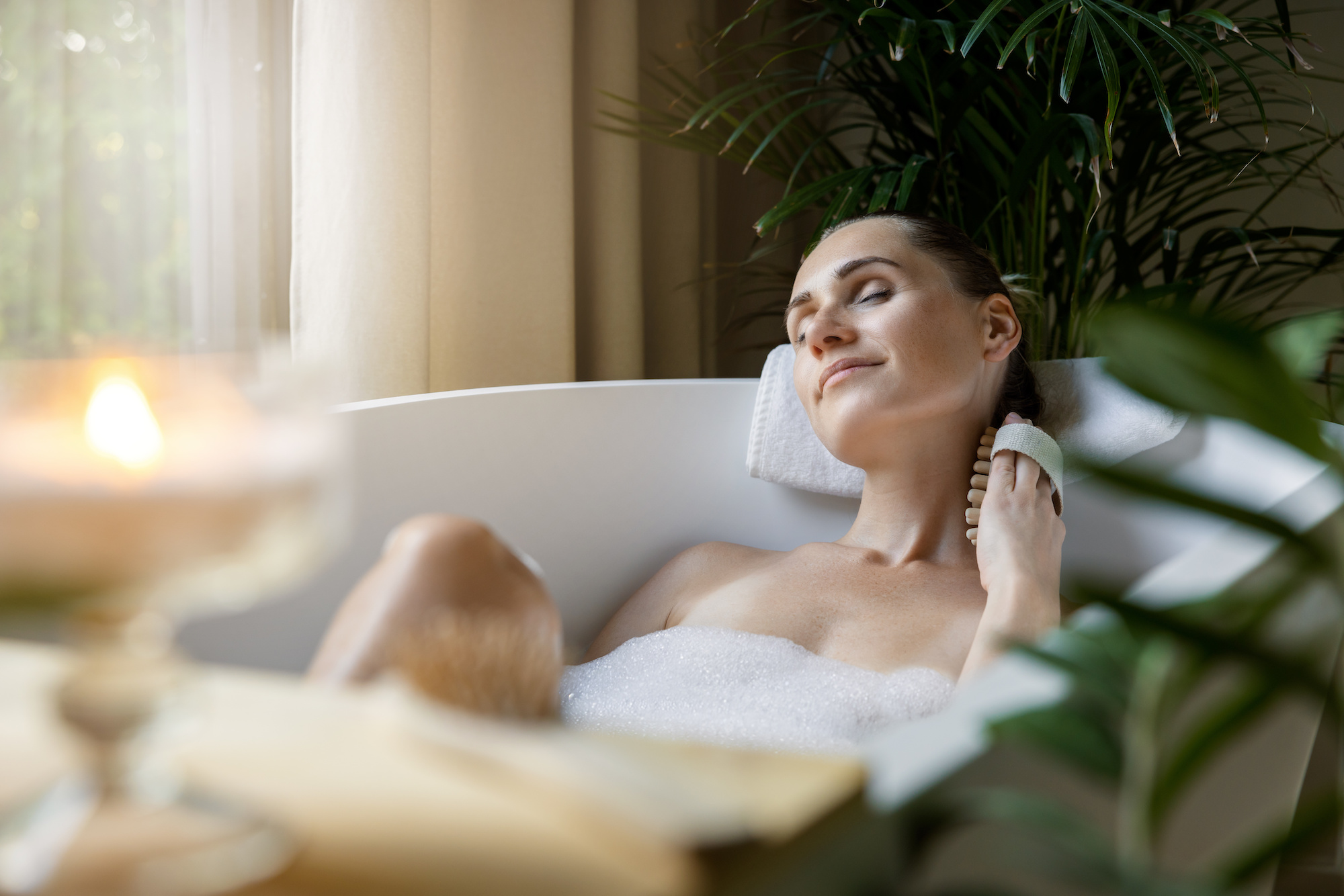
Here’s one of the best parts about habit formation – whether you are successful or not, you still get to reward yourself for your intention to do your best!
Rewards can be small or big, simple or complex. Some examples:
- Treat yourself to a manicure or pedicure.
- Indulge in a hot stone massage.
- Go to the local Humane Society and spend the day playing and petting mankind’s favorite four-legged friends. Or simply borrow your neighbor’s dog for an hour!
- Make the time to indulge in a hot bath with some therapeutic rock salts or candles.
- Attend a local art exhibition or classical music concert.
The list goes on! You get the idea. Every week you should “reward” yourself for your intention to do your best with some kind of treat that is not associated with food or drink.
Now that you have your habit set up for success, be fierce. Fight for your habit. It can take from 21 days to up to six months to turn an action into a habit, so be patient and consistent. But when you do put the time and energy in, you will successfully ingrain your habit and positively alter your lifestyle. Your flywheel will have positive momentum in the right direction and you will start to reap the rewards of a healthy lifestyle.
What’s next….?
Once you’ve engrained your new habit, or two, it’s time to pat yourself on your back and go back to your original list of wellness goals and health actions and pick another action or two and repeat the whole process. Good luck.
What is Mountain Trek?
Mountain Trek is the health reset you’ve been looking for. Our award-winning retreat, immersed in the lush nature of British Columbia, will help you unplug, recharge, and roll back years of stress and unhealthy habits. To learn more about the retreat, and how we can help you reset your health, please email us at info@mountaintrek.com or reach out below:





